Compositing a Bright Blue Planet in CGI
How to make realistic Earth Renders
Earth Digital

With each new set of updates we are improving Earth Digital both in the native render as in the subtle compositing tricks we can use. Creating realistic 3D-renders of Earth is based on having a reliable setup or project file that behaves naturally in any lighting scenario.
Free Earth Digital 3D Project File
This truly speeds up your workflow by being able to place the camera anywhere you want and hit render. From there you can spend all of your remaining time and resources on making subtle adjustments until your render best conveys the feel you're going for.
The render you're seeing above was a combination of Earth Digital for the realistic baseplate and natural Bloom and Glare effects. All rendered natively inside of Cinema 4D and Chaos Corona.
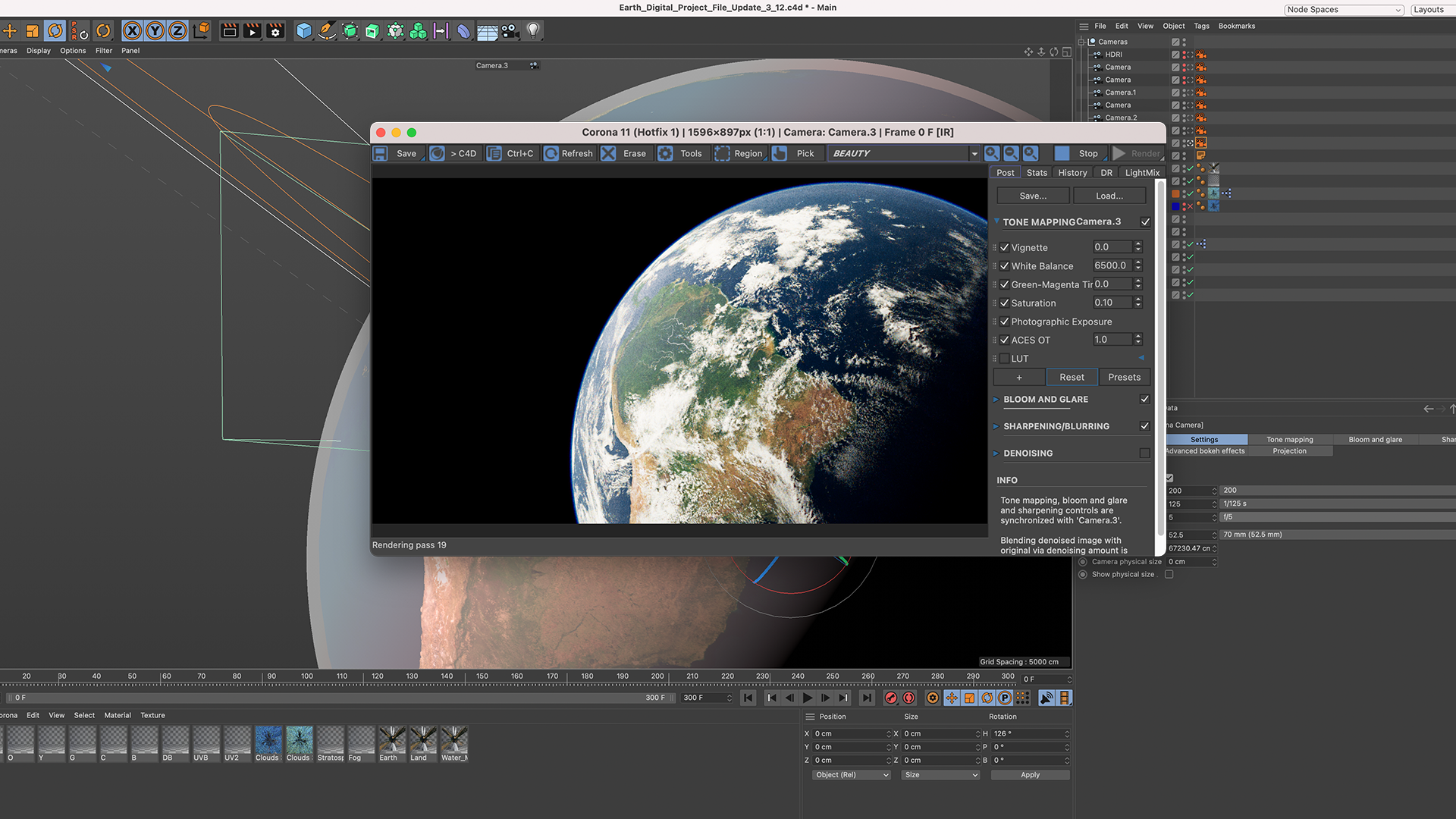
The atmosphere behaves naturally due to using volumes that follow the principles of Rayleigh Scattering. You can adjust the thickness of the atmosphere to your liking and the scattering effects will stay consistent mathematically.

To achieve an additional level of detail you'll have to look at the stars in space.
You can get a natural sense of beauty in your 3D renders with layers of depth that are based on realistically behaving phenomena. Stars are always present in space.
And they come in a wide range of brightness values. How bright your stars show up in your 3D-render is based on the camera settings you use. And as stars are incredibly bright lights at infinite distances from the camera, they behave to natural light falloff laws.
To achieve realistic results with any camera settings (and to avoid grey looking stars) you want to use high dynamic range star assets.
For Syntactic Labyrinths we developed Star System, a 32-bit HDR star collection for making realistic space renders.

The current setup for Earth Digital has been improved in a variety of areas:
- Improved displacement maps for Land
- Improved colors in Ocean
- Atmosphere with Rayleigh Scattering
- Density variations in Fog, Aerosols and other Mie Scattering layers

.jpeg)
Conclusion
Thanks to all of you who have supported this file's development! I feel like now we are starting to get a good understanding of rendering with Earth Digital.
It's time to implement the file into the multiple shots of Syntactic Labyrinths.
















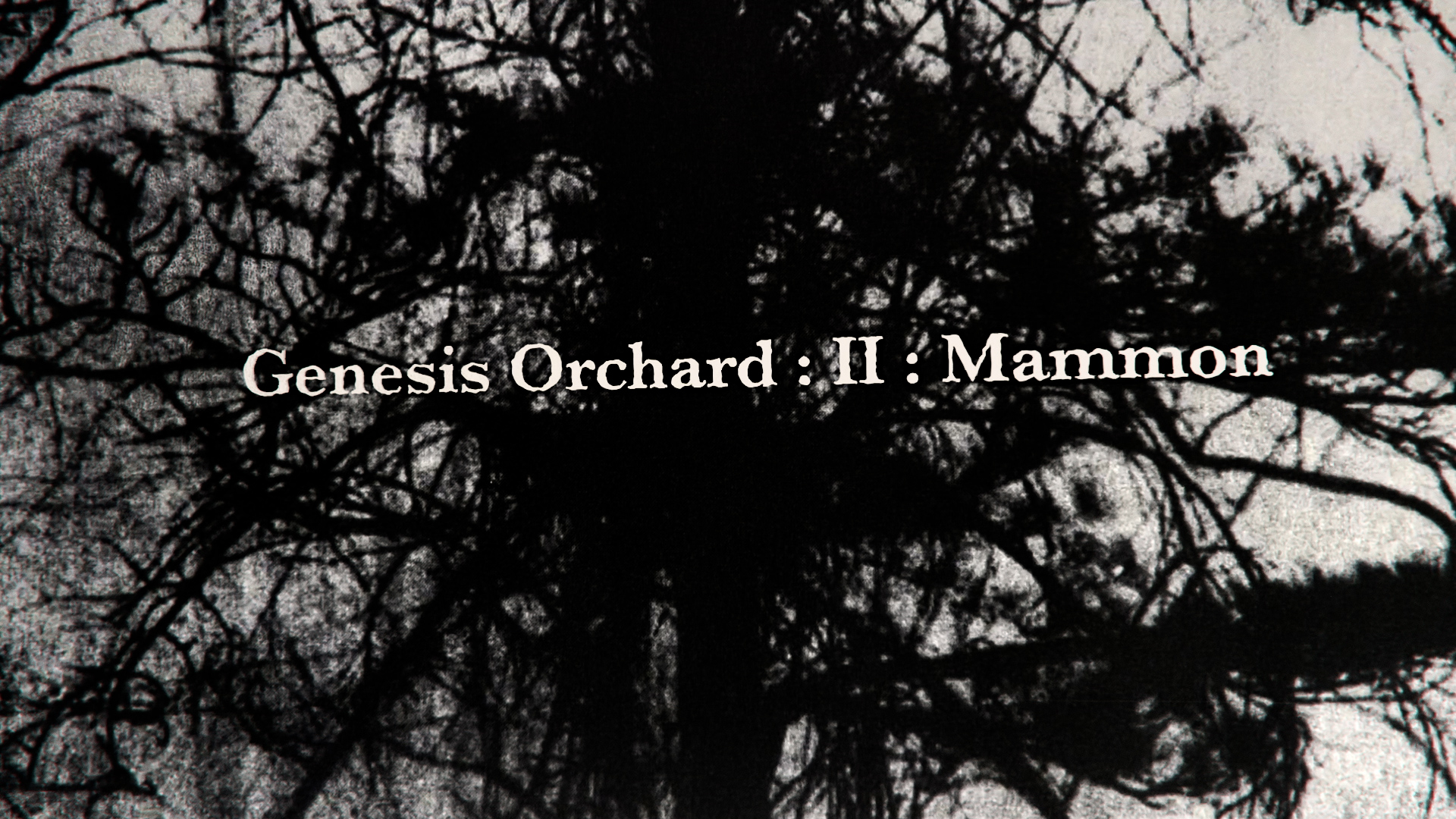

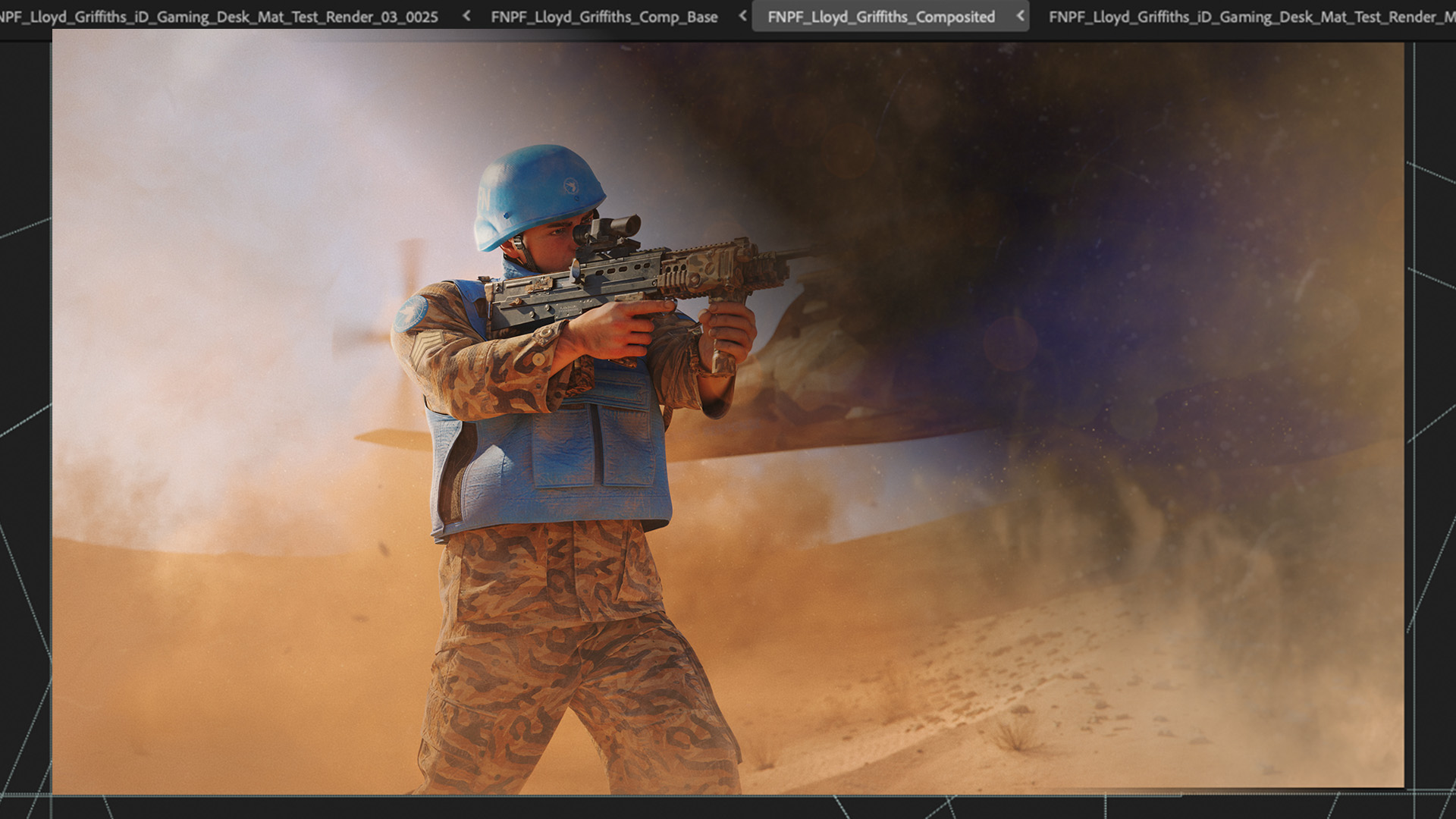

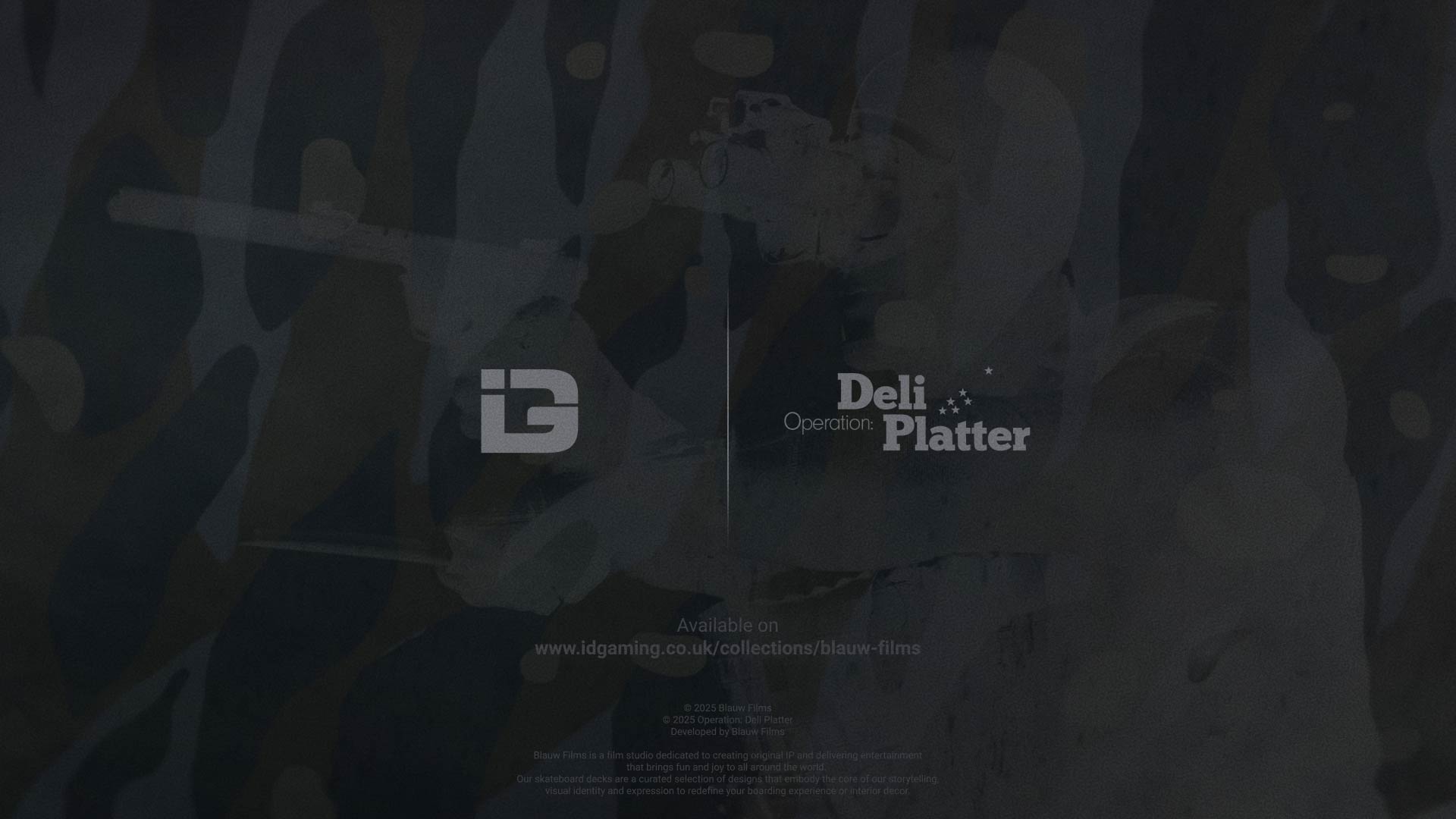

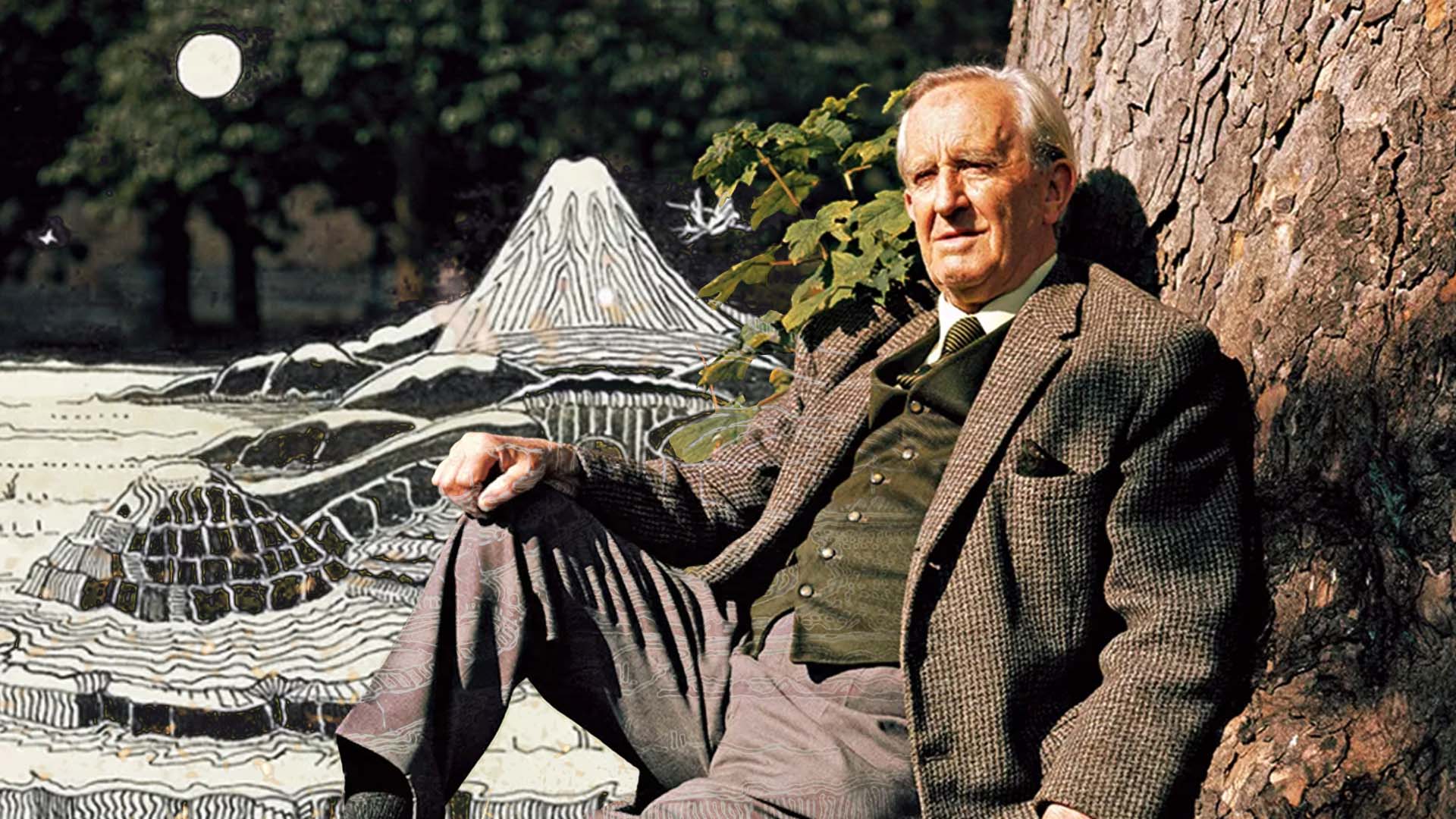







%20by%20Ivan%20Aivazovsky.jpg)





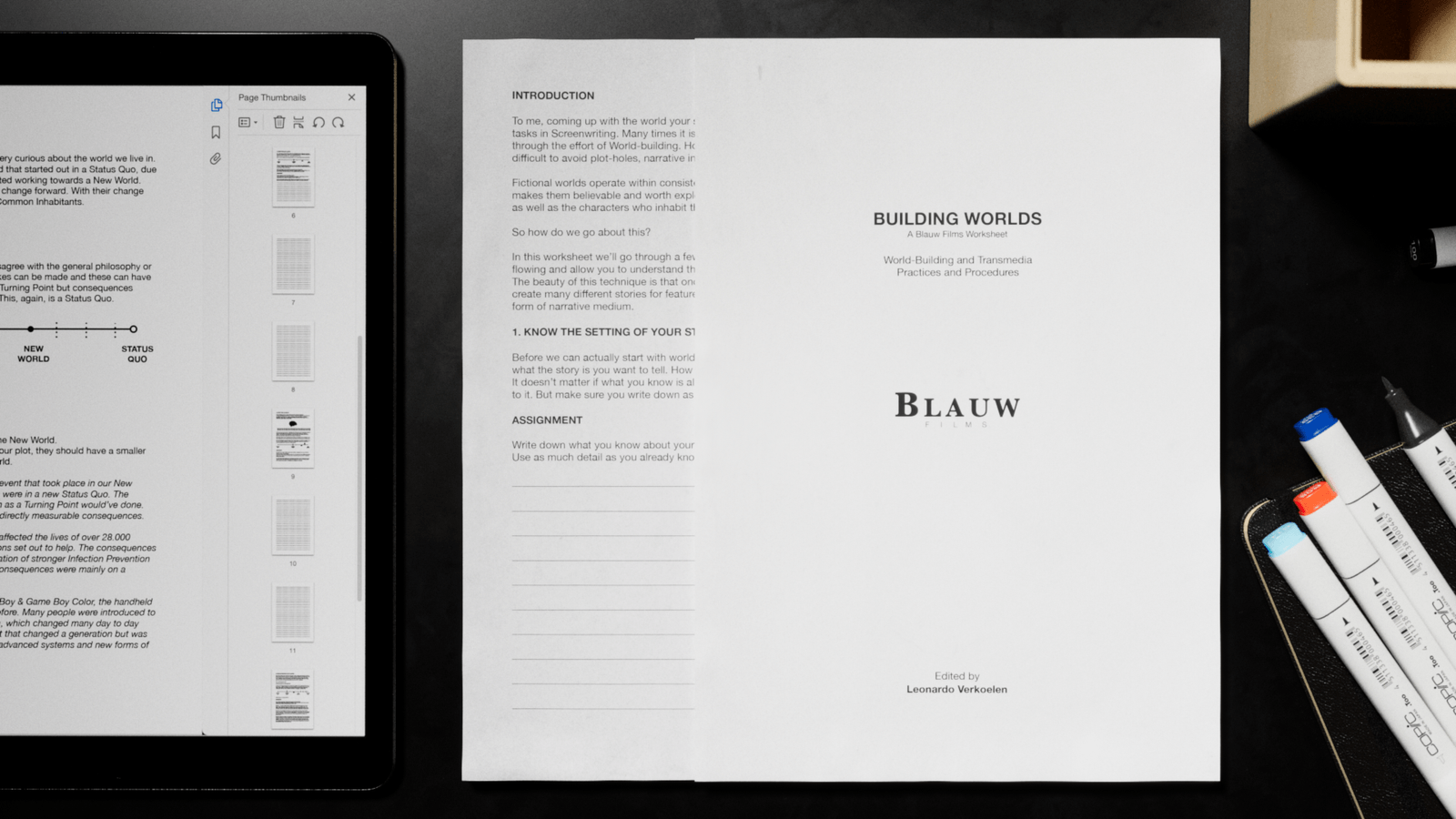








































































0 Comments